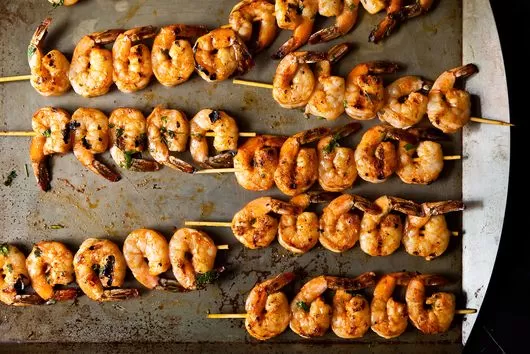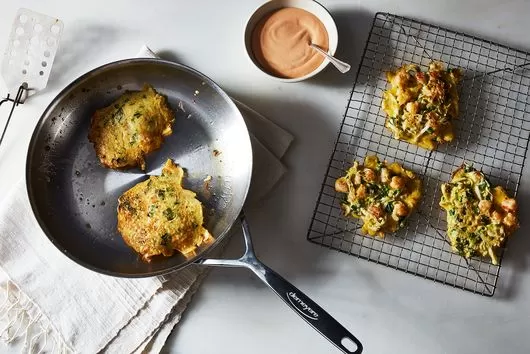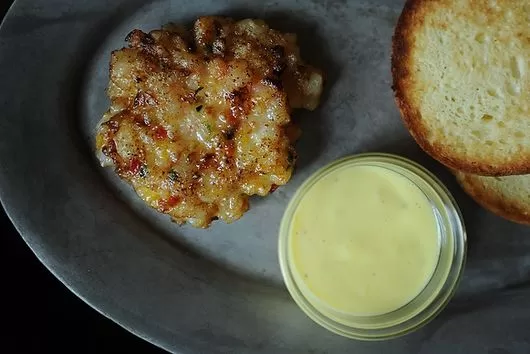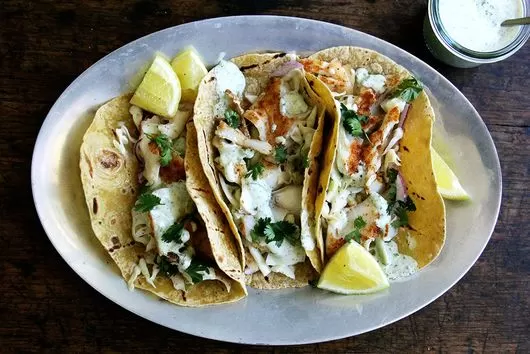Moro's Warm Squash & Chickpea Salad with Tahini
SERVES
4
Ingredients
2 pounds
pumpkin or other winter squash, peeled, seeded, and cut into 1-inch cubes
1
garlic clove, crushed
1/2 teaspoon
ground allspice
2 tablespoons
olive oil
Sea salt and black pepper
14 ounces
canned or home-cooked chickpeas, drained
1/2
small red onion, finely chopped (soaked in cold water for 15 minutes if you want to soften the bite)
4 tablespoons
roughly chopped fresh cilantro
1
garlic clove, crushed to a paste with a pinch of salt
3 1/2 tablespoons
lemon juice
3 tablespoons
tahini paste
2 tablespoons
water, to taste
2 tablespoons
extra virgin olive oil
Ingredients
- Heat the oven to 425°F.
- Toss the squash with the garlic, allspice, olive oil, and some salt and pepper.
- Place on a tray, optionally lined with parchment, in the oven for 20 to 25 minutes, or until soft. Remove and allow to cool slightly.
- While the squash is cooking, make the tahini sauce. Mix the crushed garlic with lemon juice and add the tahini. Now thin with the water and olive oil, and check for seasoning. You should taste a balance between the nutty tahini and lemon.
- To assemble the salad, place the squash, chickpeas, red onion, and cilantro in a mixing bowl. Pour on the tahini sauce and remaining oil and toss carefully. Season with salt and pepper.






